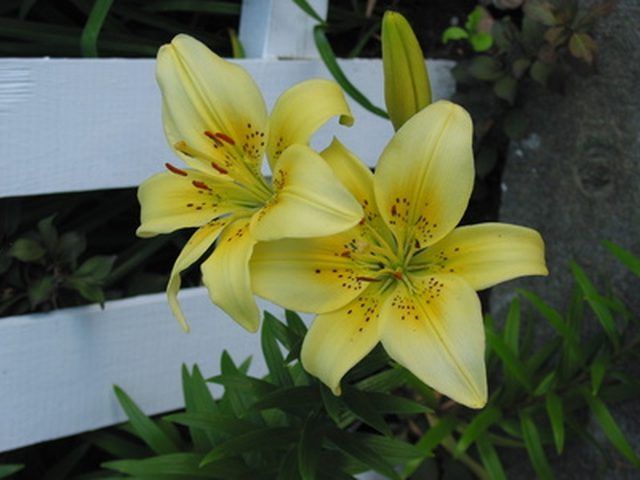Bulbs
Flower Basics
Flower Beds & Specialty Gardens
Flower Garden
Garden Furniture
Garden Gnomes
Garden Seeds
Garden Sheds
Garden Statues
Garden Tools & Supplies
Gardening Basics
Green & Organic
Groundcovers & Vines
Growing Annuals
Growing Basil
Growing Beans
Growing Berries
Growing Blueberries
Growing Cactus
Growing Corn
Growing Cotton
Growing Edibles
Growing Flowers
Growing Garlic
Growing Grapes
Growing Grass
Growing Herbs
Growing Jasmine
Growing Mint
Growing Mushrooms
Orchids
Growing Peanuts
Growing Perennials
Growing Plants
Growing Rosemary
Growing Roses
Growing Strawberries
Growing Sunflowers
Growing Thyme
Growing Tomatoes
Growing Tulips
Growing Vegetables
Herb Basics
Herb Garden
Indoor Growing
Landscaping Basics
Landscaping Patios
Landscaping Plants
Landscaping Shrubs
Landscaping Trees
Landscaping Walks & Pathways
Lawn Basics
Lawn Maintenance
Lawn Mowers
Lawn Ornaments
Lawn Planting
Lawn Tools
Outdoor Growing
Overall Landscape Planning
Pests, Weeds & Problems
Plant Basics
Rock Garden
Rose Garden
Shrubs
Soil
Specialty Gardens
Trees
Vegetable Garden
Yard Maintenance
How to Care for Outdoor Lily Plants
How to Care for Outdoor Lily Plants. Lilies are popular perennial plants that bloom during summer in large, trumpet-shaped flowers atop tall stems. Lilies come in many different varieties, some more cold-tender than others, and ranging in flower colors of white, gold, orange, pink and red. Some lilies are fragrant, some bloom throughout the summer...

Lilies are popular perennial plants that bloom during summer in large, trumpet-shaped flowers atop tall stems. Lilies come in many different varieties, some more cold-tender than others, and ranging in flower colors of white, gold, orange, pink and red. Some lilies are fragrant, some bloom throughout the summer and into autumn, while others bloom in spring until early summer. Lilies are grown from bulbs, and in some climates the bulbs can be kept in the ground through the winter. Calla lilies are especially cold-tender and considered tropical, so the bulbs must be dug up from the ground during winter in most regions.
Things You'll Need
Wooden stakes or poles
Soft string
Organic compost
Bark mulch
Pruning shears
Garden trowel or shovel
Water your outdoor lilies deeply to soak the soil around the plants once every week that rainfall is less than 1 inch. Water the lily plants during the spring, summer and early autumn.
Stake your lily plants to help them to grow upright without falling over. Insert a wooden stake or pole beside the lily plant and tie the stem to the stake loosely using soft string.
Spread a 1/2- to 1-inch thick layer of organic compost on the ground around your lily plants once each year in early spring. Spread a 2-inch thick layer of bark mulch on top of the compost to prevent weed growth and preserve soil moisture.
Cut back the flower stalks of your outdoor lilies after the flowers fade. Cut the stalks back to the base of the lily plant.
Spread a 4- to 5-inch thick layer of bark or straw mulch on the ground over the lily bulbs in fall before the first hard frost to protect the bulbs during winter. Remove the mulch in early spring, before new growth begins.
Tips & Warnings
Plant your lilies in well-draining, slightly acidic soil. Choose a planting location that receives full to partial sunlight. Plant the lily bulbs in the spring or fall, mixing into the soil about 3 inches of organic compost.
Don't leave the lily bulbs in the ground if the lilies are a tender variety and you live in a region that experiences frequent hard freezes during winter. Instead, dig up the lily bulbs in the fall, clean away the soil from the bulbs and store them in a dry, dark place with temperatures of 50 to 60 degrees F. Replant the bulbs into the ground in early spring, after the last frost.